There isn’t enough social housing to keep up with demand in certain areas of Highland, according to a council report.
Almost half of total social housing applications are for Inverness, where applications jumped by 10% last year.
Several other areas are also under pressure. These include Badenoch and Strathspey, Wester Ross, Nairn and Lochaber.
In high-demand areas, more than 50% of allocations go to people who are technically homeless.
Highland Council works with six social housing partners, which together provide 20,000 social houses in Highland.
But as applications soar post-Covid, housing bosses say they can’t keep up with demand in some areas.
Lockdown backlog taking its toll
If 20,000 sounds like a lot, it’s actually 23% of the housing market – 8% lower than the national average. Across Scotland, 31% of properties are social housing, so Highland has comparatively low stocks.
In 2021/22, Highland Council and its social housing partners dealt with 9,416 new housing or transfer applications. It allocated homes to 2,033 applicants in the same year.
Wind the clock back to before the pandemic, and there were 7,785 applications and 1,292 allocations.
The increase was caused by Scottish Government lockdown restrictions on moving to a new home. When the restrictions were lifted, social housing providers faced a backlog of applications.
Highland Council says the latest figures suggest demand is now starting to return to pre-pandemic levels.
More homes for young, single people
The figures are part of a detailed annual performance report which will go before members of the Highland Council housing committee this week.
It shows that the majority of new social housing applications come from single people, which make up around half of the waiting list. A further 10% of applicants are couples.
For many, their housing situation is precarious. While half live in private rented accommodation or with family, one in 10 is in temporary homeless accommodation.
Unsurprisingly, the highest demand is in the city. Inverness makes up 47.5% of applications, followed by 15.6% in Ross and Cromarty and 12.7% in Lochaber.
Applications for Inverness increased by 10% in the last year alone.
In some areas, high demand coupled with a shortage of homes has created major pressures. The worst affected are Badenoch and Strathspey – the focus of intense housing debate recently, as the council seeks to implement a rent control zone.
The report states: “Demand for social housing remains high and, in many areas, the available housing available for let cannot meet demand. This continues to place additional pressure on the many households living in accommodation that does not meet their current needs.”
Homelessness is a big concern
Moreover, some applicants don’t have any accommodation at all. Across Highland, there are more than 1,000 people living in homeless shelters or ‘homeless at home’ – in other words, awaiting eviction.
Many of the people in this situation are young people or families with children, particularly in Inverness.
Highland Council and its partners provide homelessness ‘points’ to these applications. As a result, 50% of Highland social housing is allocated to homeless people.
In some areas, it’s even higher – more than 60% in Skye and Lochalsh, and well over half in Inverness, Nairn and Badenoch and Strathspey.
The council report highlights an urgent need to build smaller homes suitable for single people, especially in Inverness.
The annual report also includes the headlines of a housing policy review that will go to the housing committee in the near future.
The policy review is likely to propose more support for re-housing victims of domestic violence and applicants who need specialist homes. It will also look at an overall review of the points-based allocation system.
However, Highland Council is clear that the problem doesn’t lie with the system itself, but with a severe shortage of social housing in most of the region.
Housing bosses plan to do more to promote low-cost ownership and affordable private rent – but as the cost of living crisis continues to bite, it could be a hard sell.
Are you interested in more exclusive and breaking Highland and Islands news from the P&J? If so, why not join our dedicated Facebook page HERE
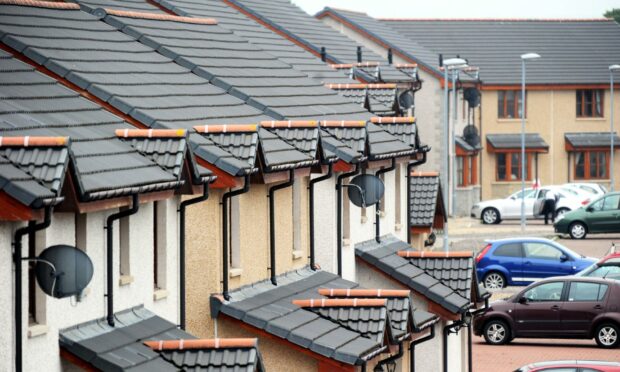
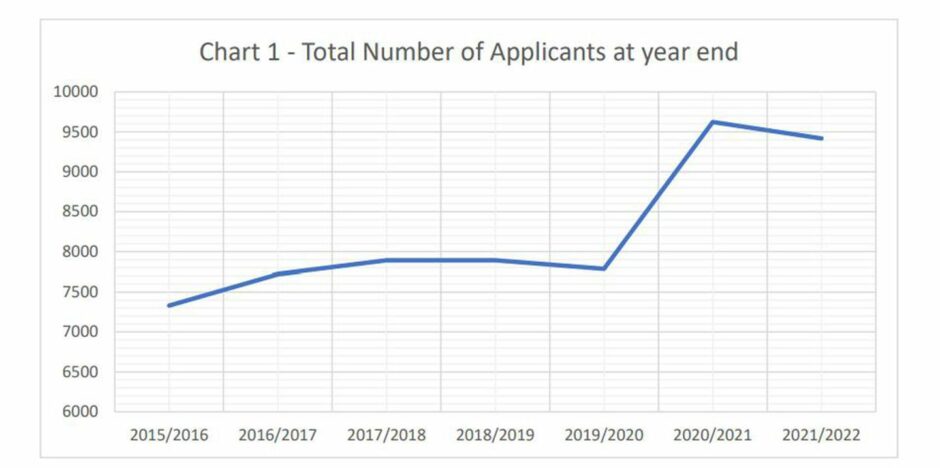
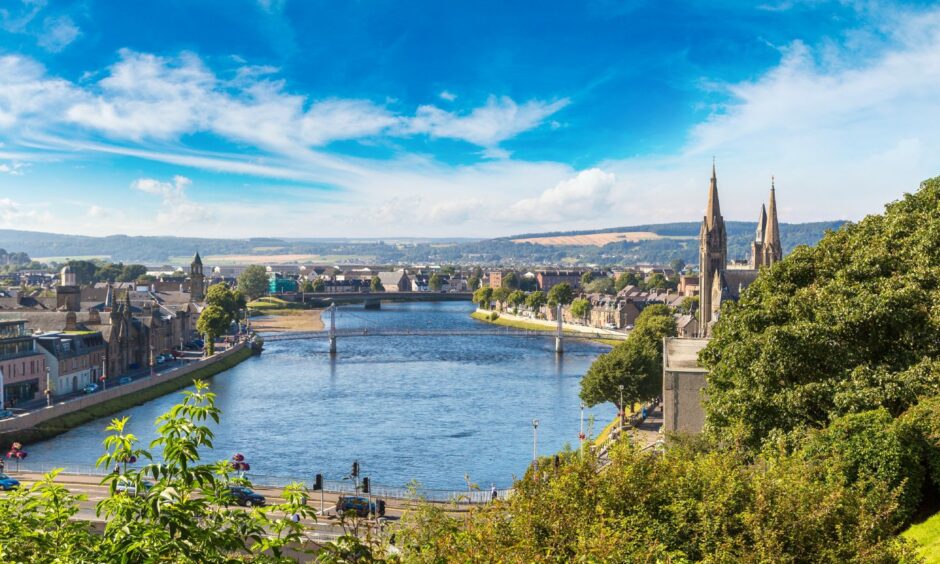
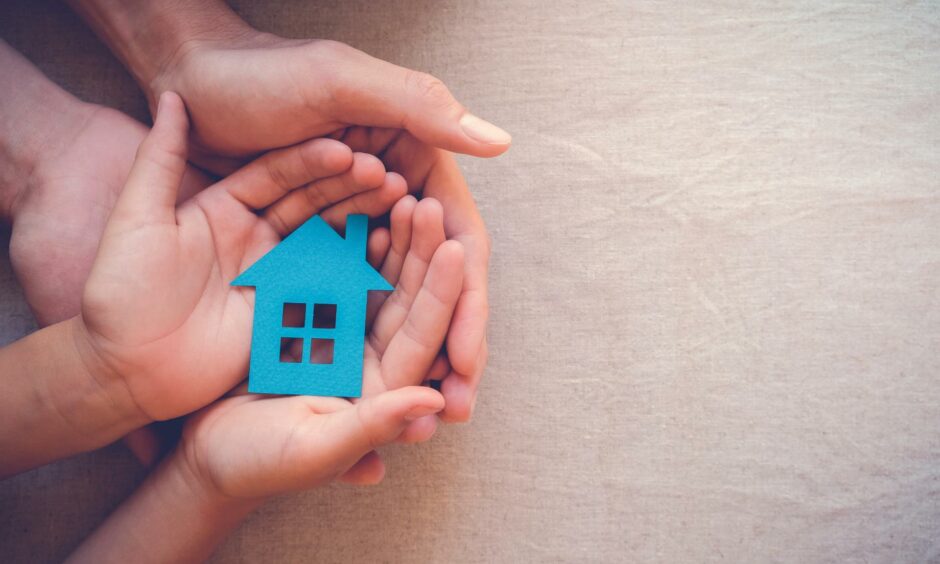
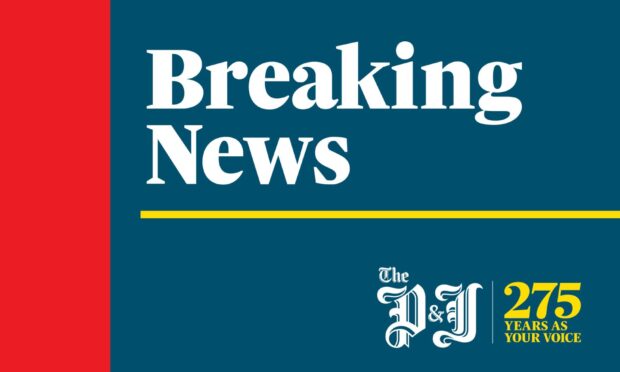
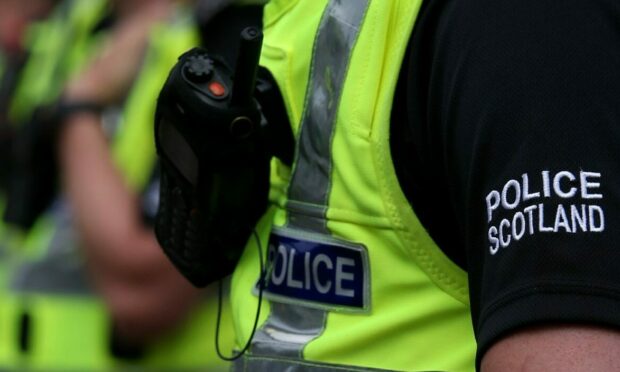
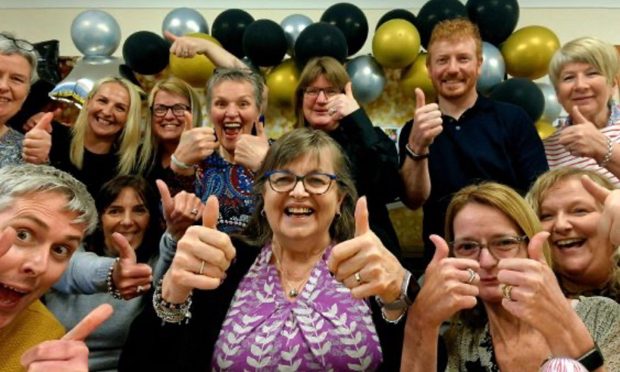
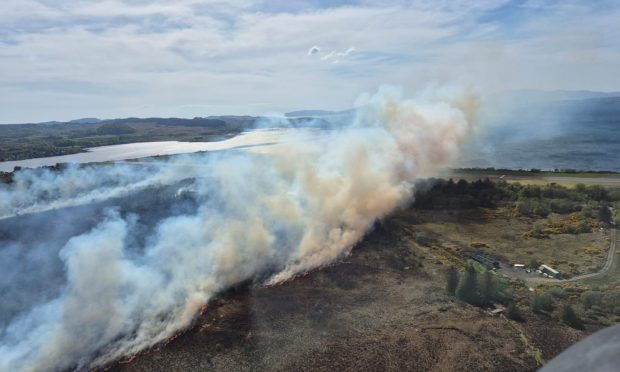
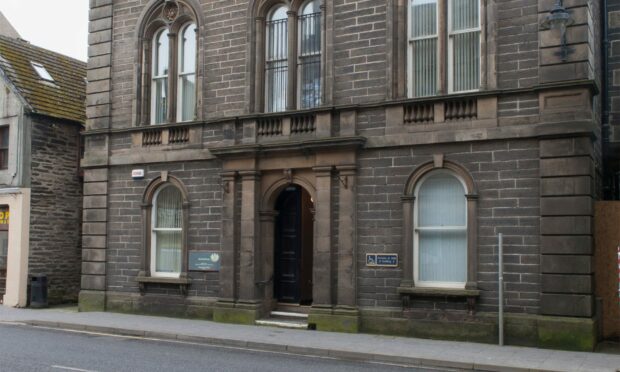
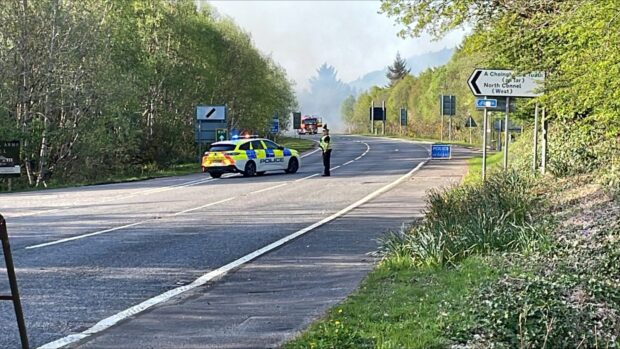
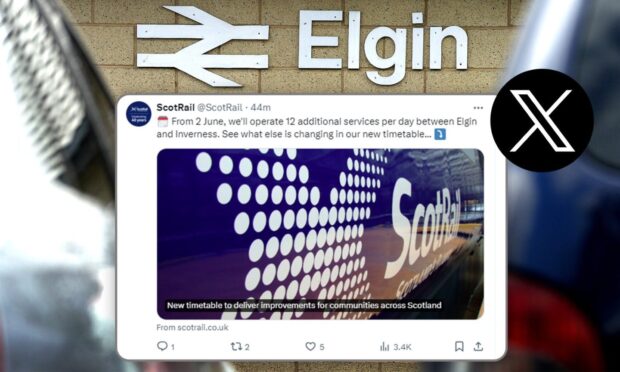

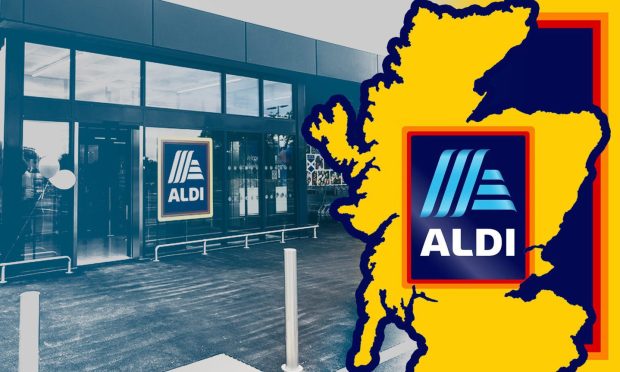
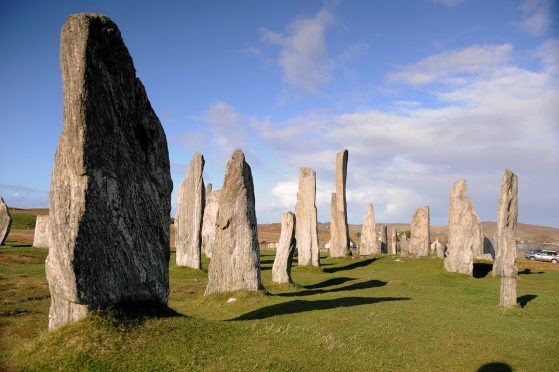
Conversation